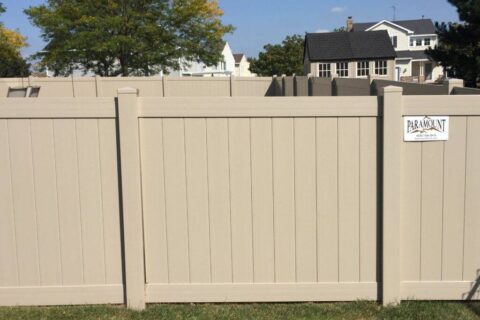Keeping Your New Fencing Compliant With Codes and Property Lines
It is important to keep your new fence in compliance with Illinois property lines and codes, not only to keep your neighbors happy but also to avoid incurring fines. Keep reading to learn more about basic property codes and their importance:
Height Limit
Most fencing laws limit the height of artificial fences in residential areas. Local ordinances in cities throughout the United States regulate fencing. If a fence violates the law and the homeowner intends to change the fence, he or she can apply for a variance. A variance is a one-time exception to the law. If the city has issued new height regulations but the fence was in place prior, the fence can usually remain.
Property Lines
Boundary fences sit on the line between two properties. Both property owners own the fence when both use it. Each state interprets “use” differently, so it is important to check with your city’s boundary laws. If you plan on installing a boundary fence, then your neighbor and yourself can agree on property lines by binding and signing deeds that describe in detail the agreed-upon property line. Making sure that property lines are correct is crucial. If your neighbor encroaches just a few inches onto your property, it can cause problems later if you sell your house. For instance, a title company may refuse insurance or your neighbor may gain that section of property if their structure is on your property long enough.
Appearance of Fence
If your neighbor has built an unsightly fence, you can have the fence subjected to regulation if the fence is dangerous or poorly constructed, prohibited materials are used, the height is incorrect, or where the fence is placed is not correct. Usually, appearance, style, and design are unregulated.
It is best to check with zoning and property laws before constructing a new fence or structure. If you have further questions or are interested in a new fence, contact the experts at Paramount Fence. Call us at 630-239-2714 for more information.


